By Say Burgin and Jeanne Theoharis
The goal of this one- to two-day lesson is to expand how students understand Rosa Parks’s bus stand and the Montgomery Bus Boycott using an excerpt from the film The Rebellious Life of Mrs. Rosa Parks. This lesson can also be used with the book The Rebellious Life of Mrs. Rosa Parks: Young Readers Edition. While many students may be familiar with the what of the Montgomery Bus Boycott, the goal of this lesson is to help them understand the how of organizing for change.
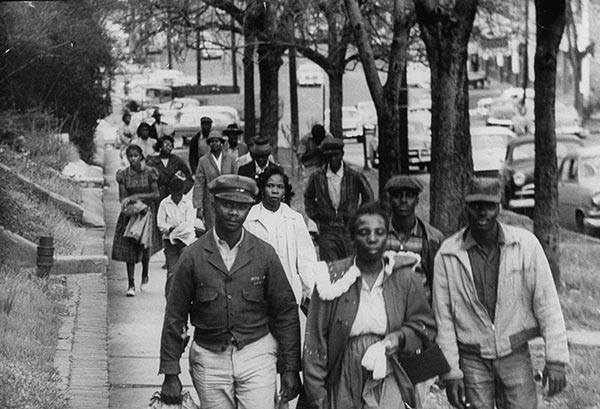
Walking to work, 1956. ©Don Cravens/Time Life/Getty Images.
Students will use what they learn in the film/book to identify how bus segregation worked, who the key players in the bus boycott were, how the bus boycott was organized, what forms white resistance to desegregation took, and what happened to Rosa Parks. They will then discuss how this changes the ways they understand the Montgomery Bus Boycott as a whole, how change happens more generally, and the roles and actions well-known figures like Rosa Parks took.
The reason it is important to learn about the organizing history of the Montgomery Bus Boycott is summarized in this excerpt from A More Beautiful and Terrible History (p. 187-188):
Perhaps the most depoliticizing aspect of the national fable [about the Civil Rights Movement] is the way it removes the organizing from the struggle. It makes it seem like the movement happens naturally, taking the power and the difficulty, the messiness and the magnificence out of it.
. . . Parks is cast as the candle that can destroy the darkness. . . . The action of one right individual becomes the key, not the collective effort that turned her act into a movement nor the vast groundwork that had been laid in the decade preceding her stand nor the accumulation of anger, sorrow and indignation that published people past fear to act.
The how of it — the fact that the Montgomery movement began much earlier, took much longer, was fraught with tension and conflict and was unbearably difficult and only possible because a few, then some, then many more people joined together — is secondary to the much neater story of the accidental respectable heroine and the movement she helped birth.
. . . There was nothing natural or preordained about it. People chose, among searing conditions, amidst threats to their person and their livelihood, to make it happen.
This lesson is from the The Rebellious Life of Mrs. Rosa Parks Teaching Guide for classroom use. It is part of a collection of lessons to accompany the book and film of the same name.

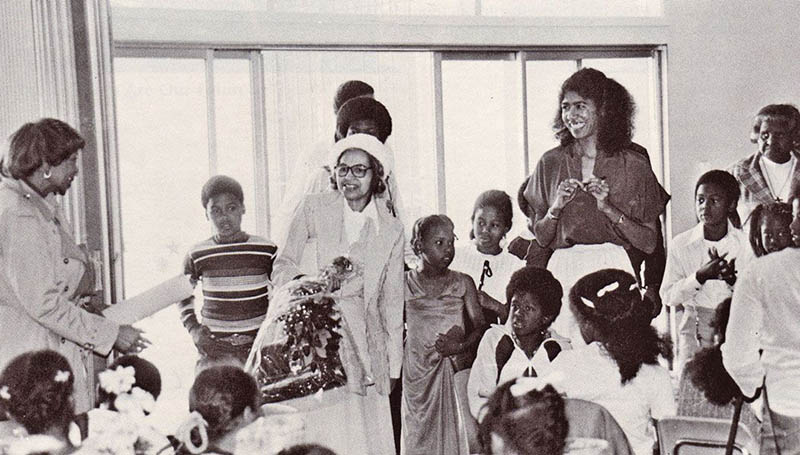
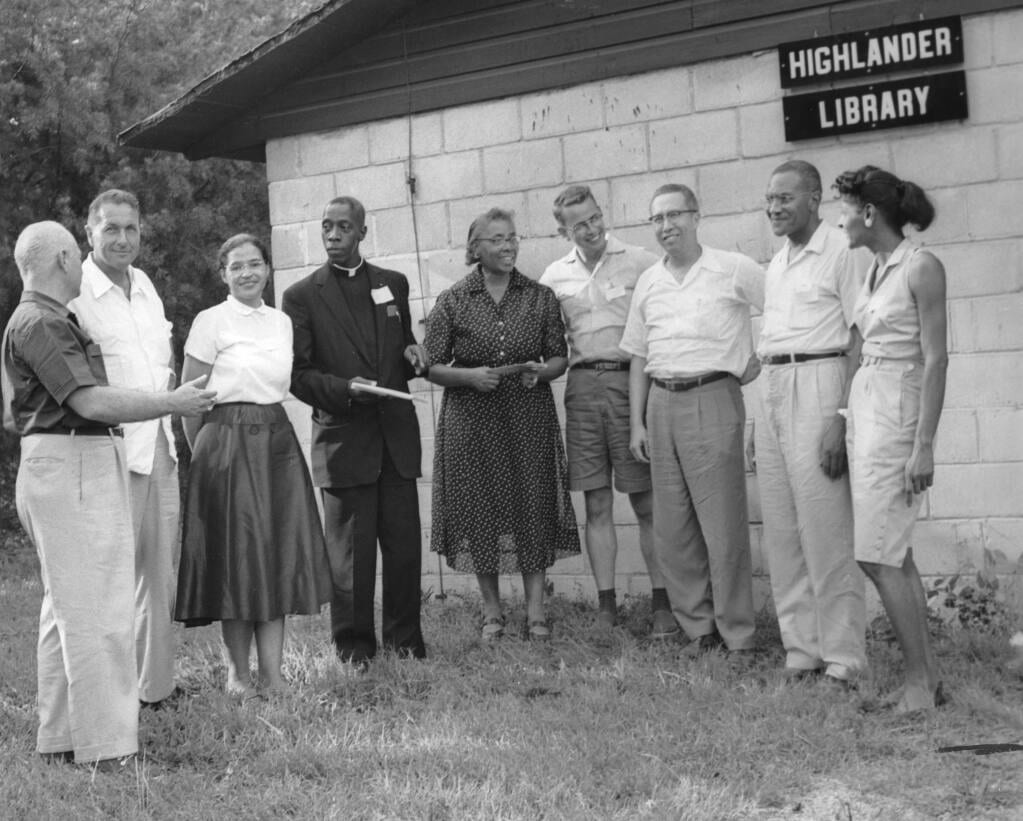
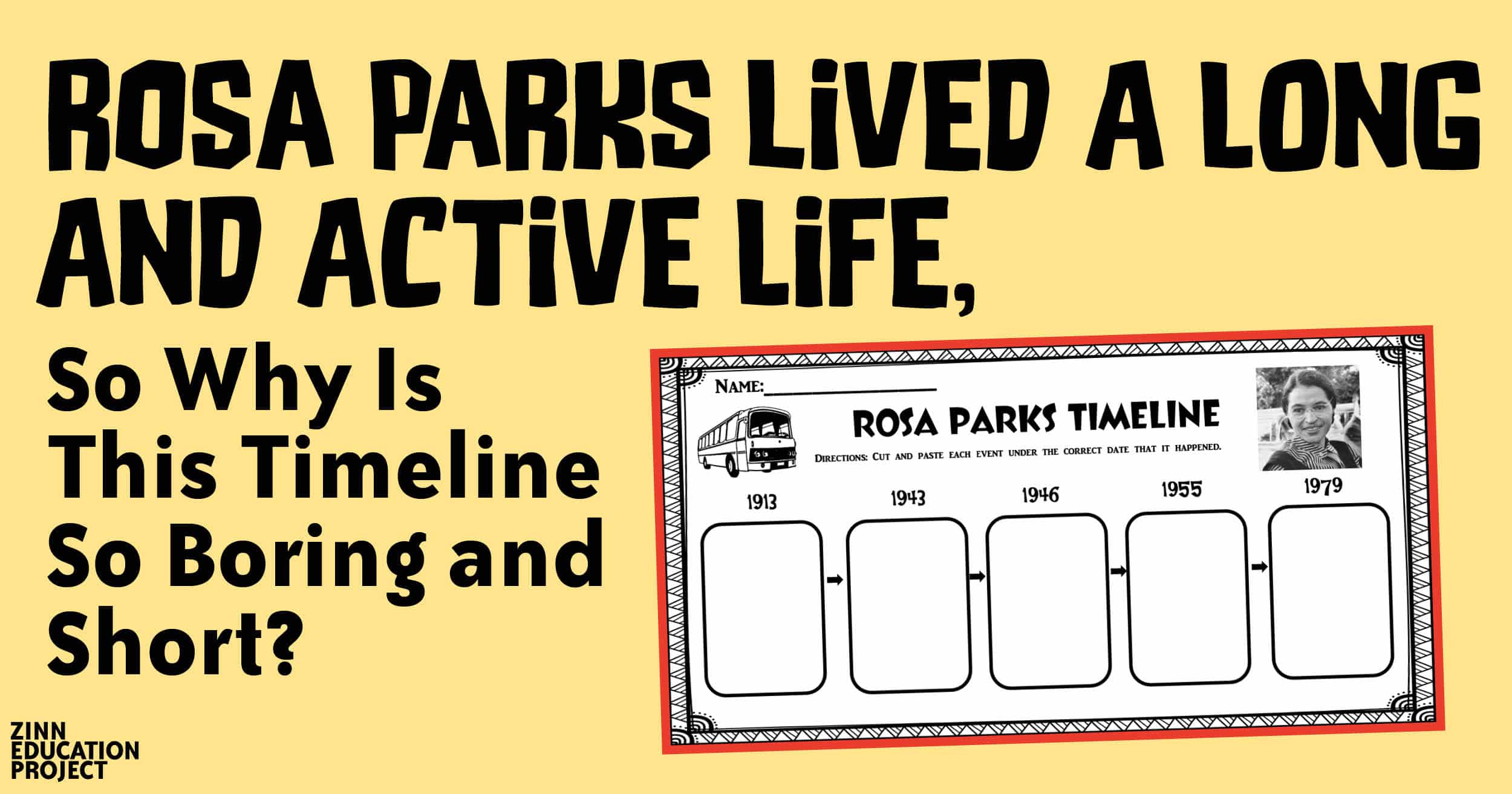
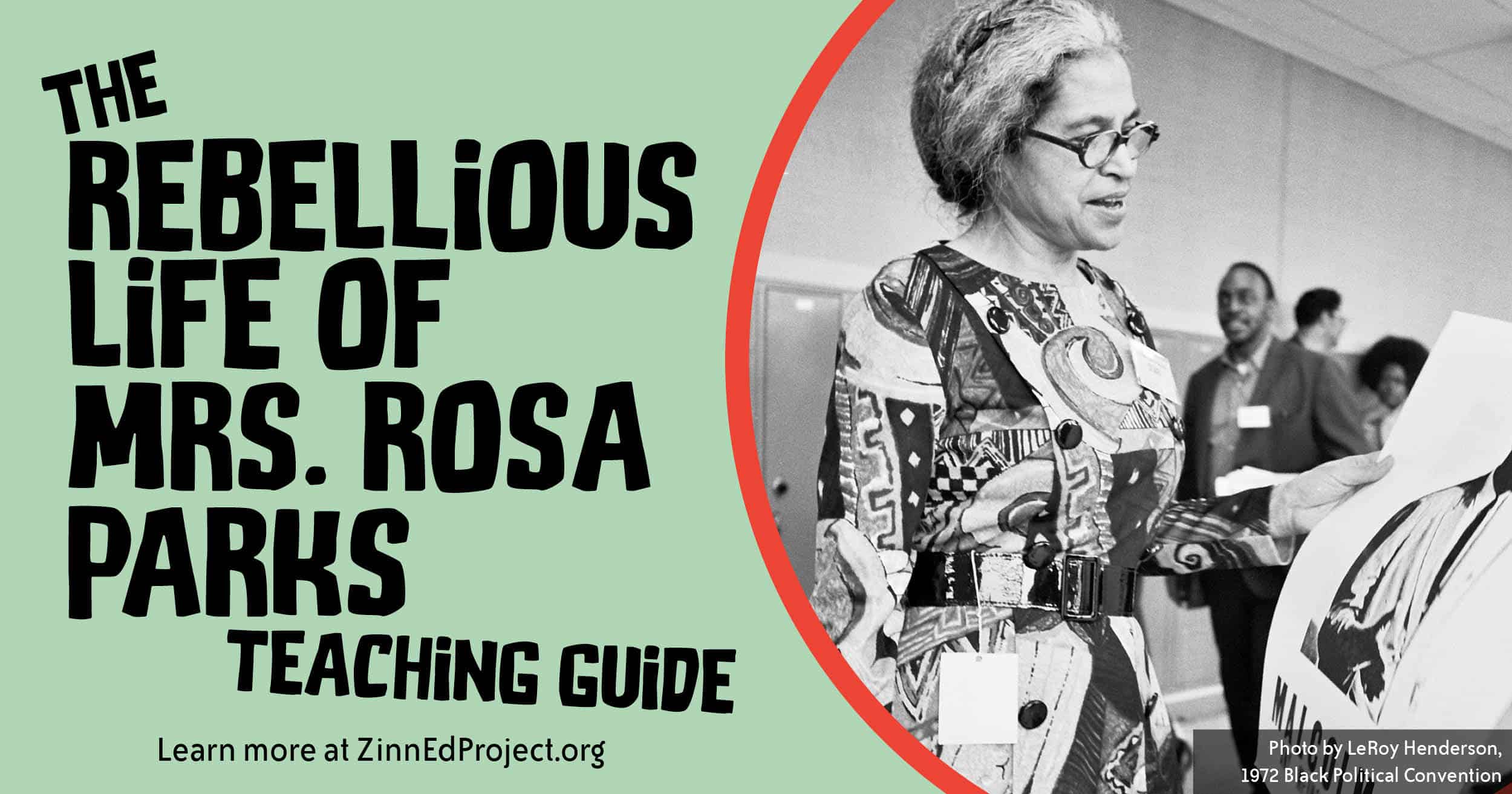
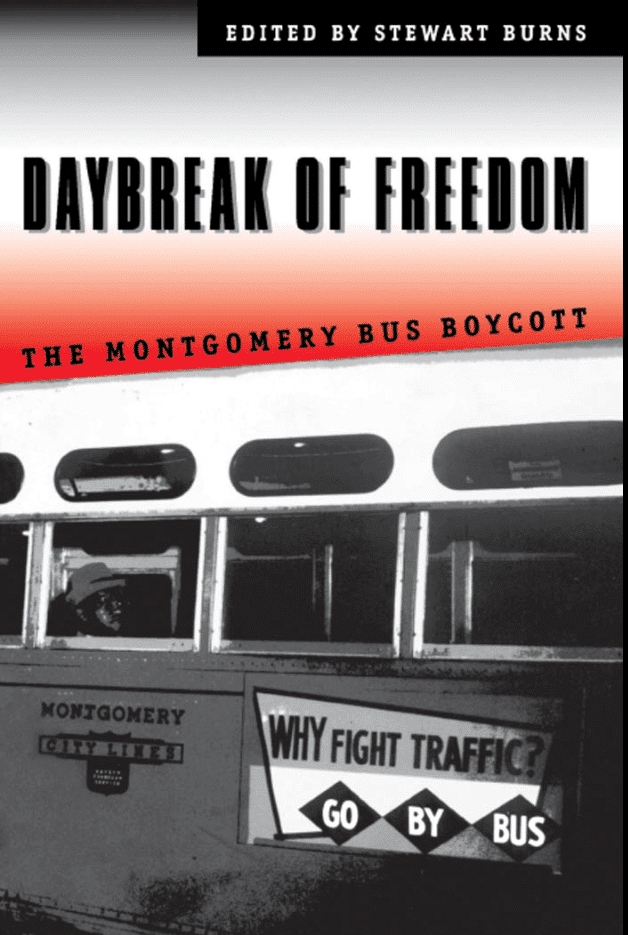
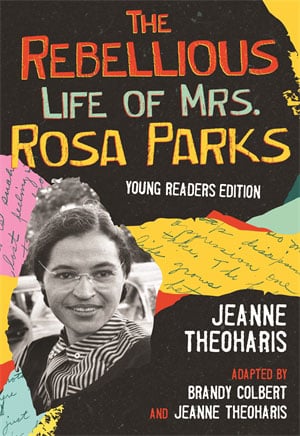

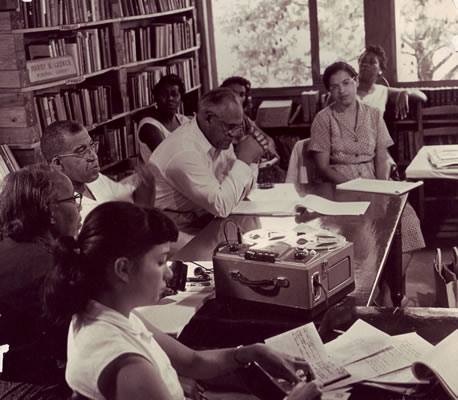
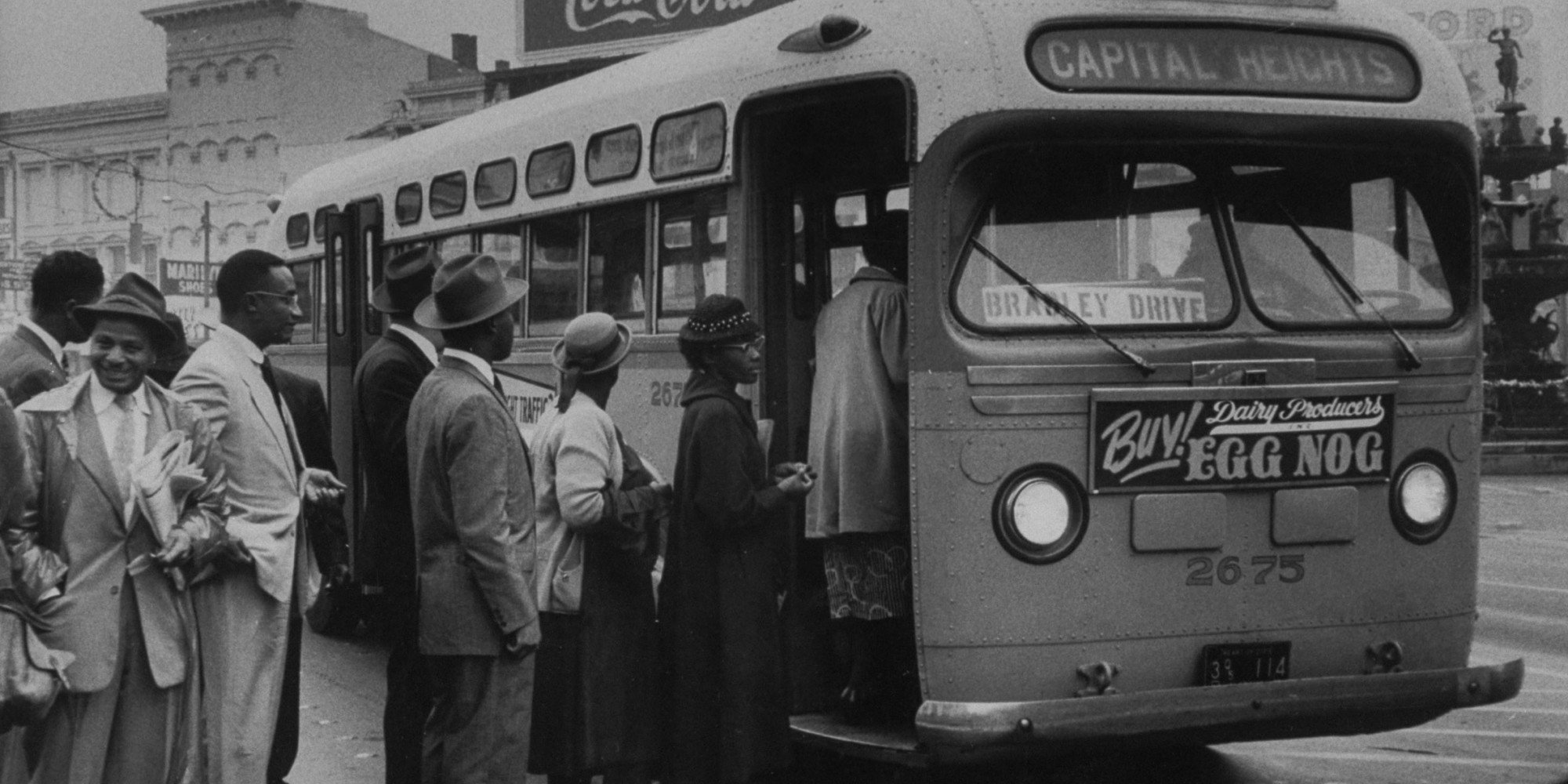






Twitter
Google plus
LinkedIn